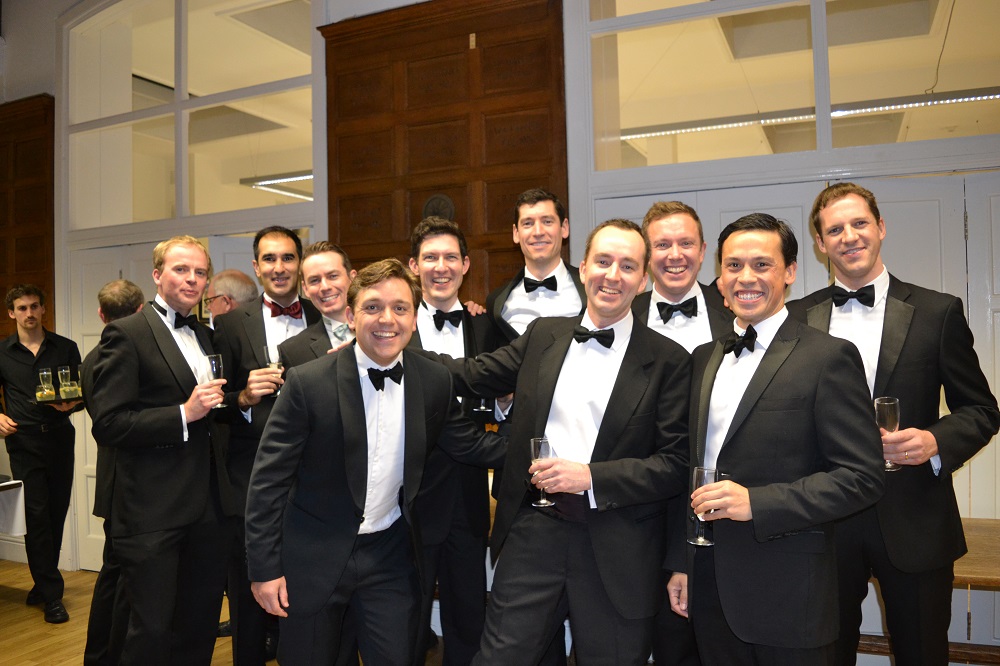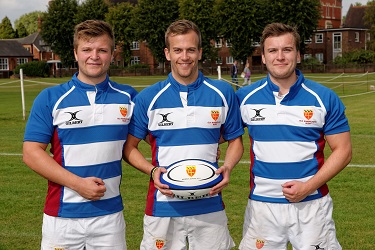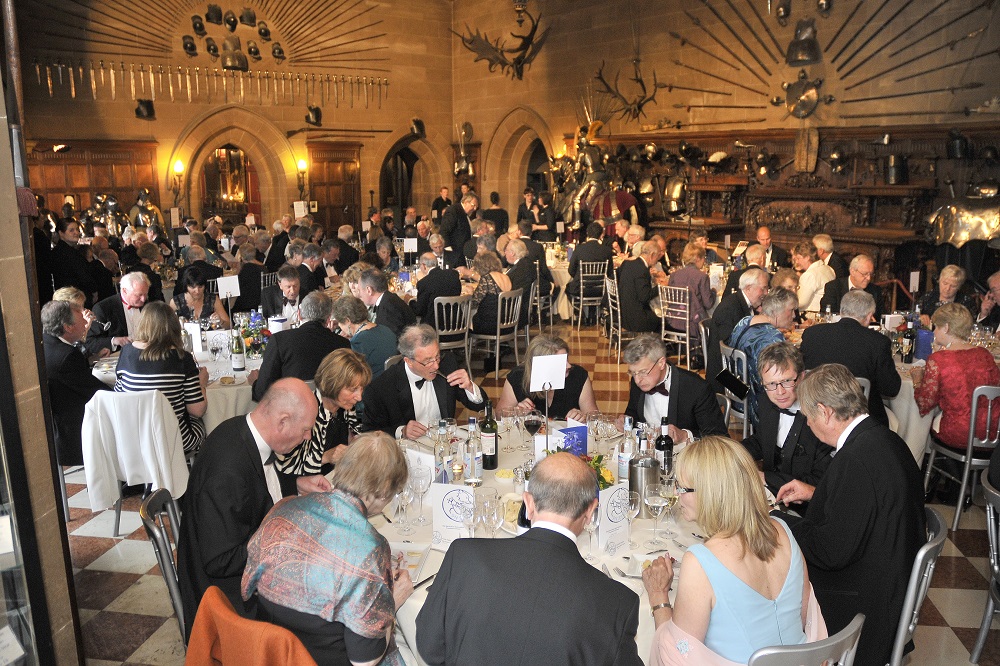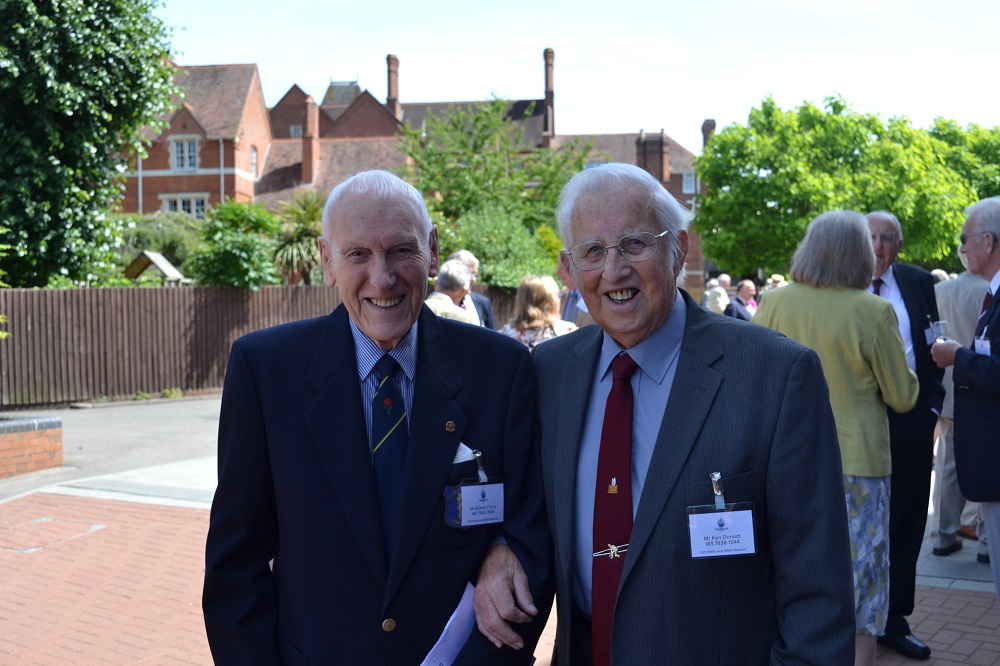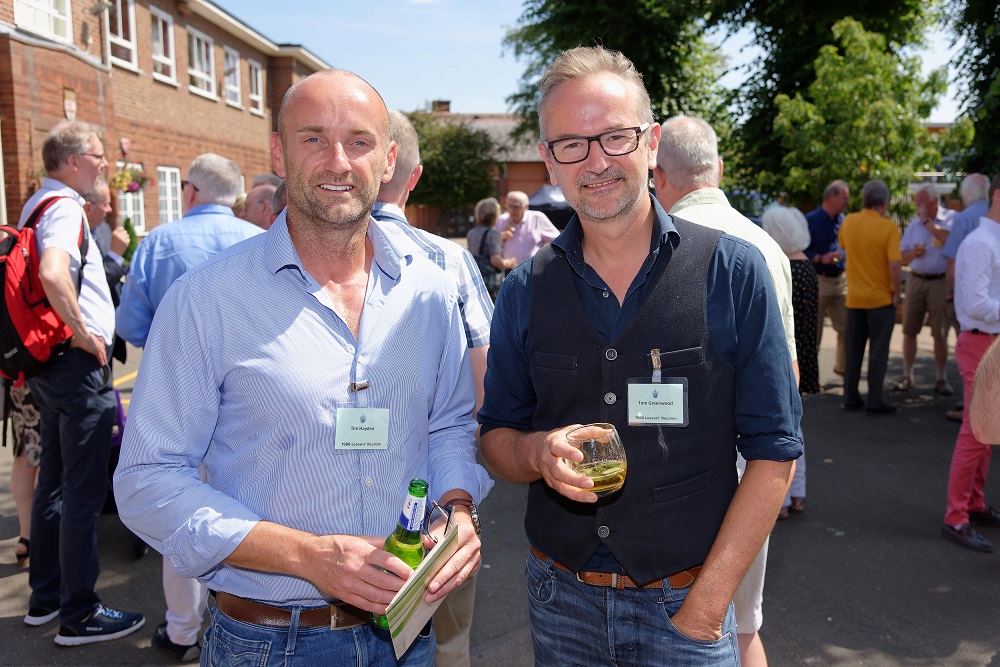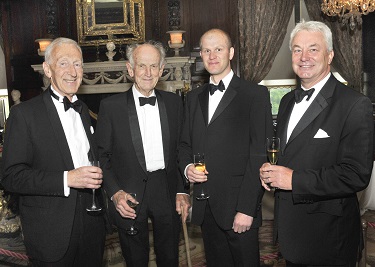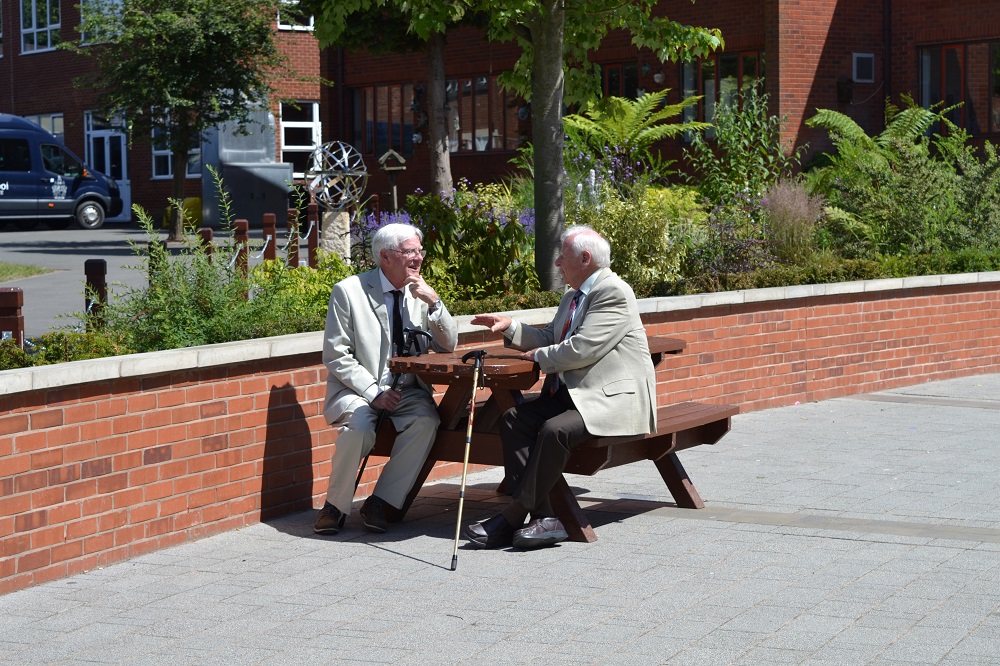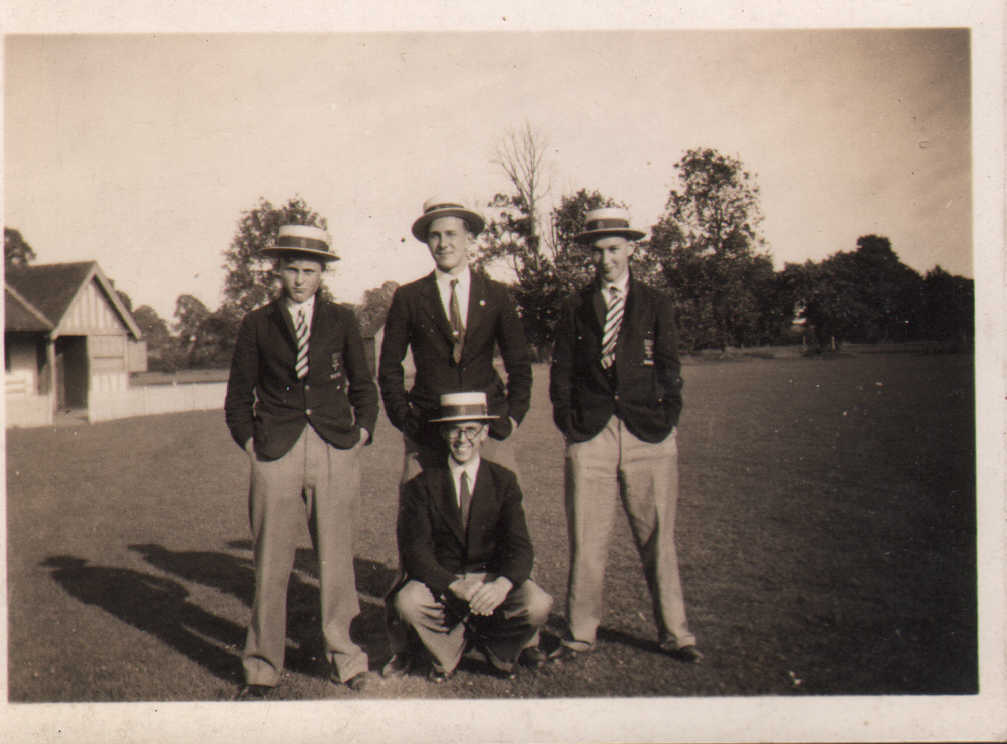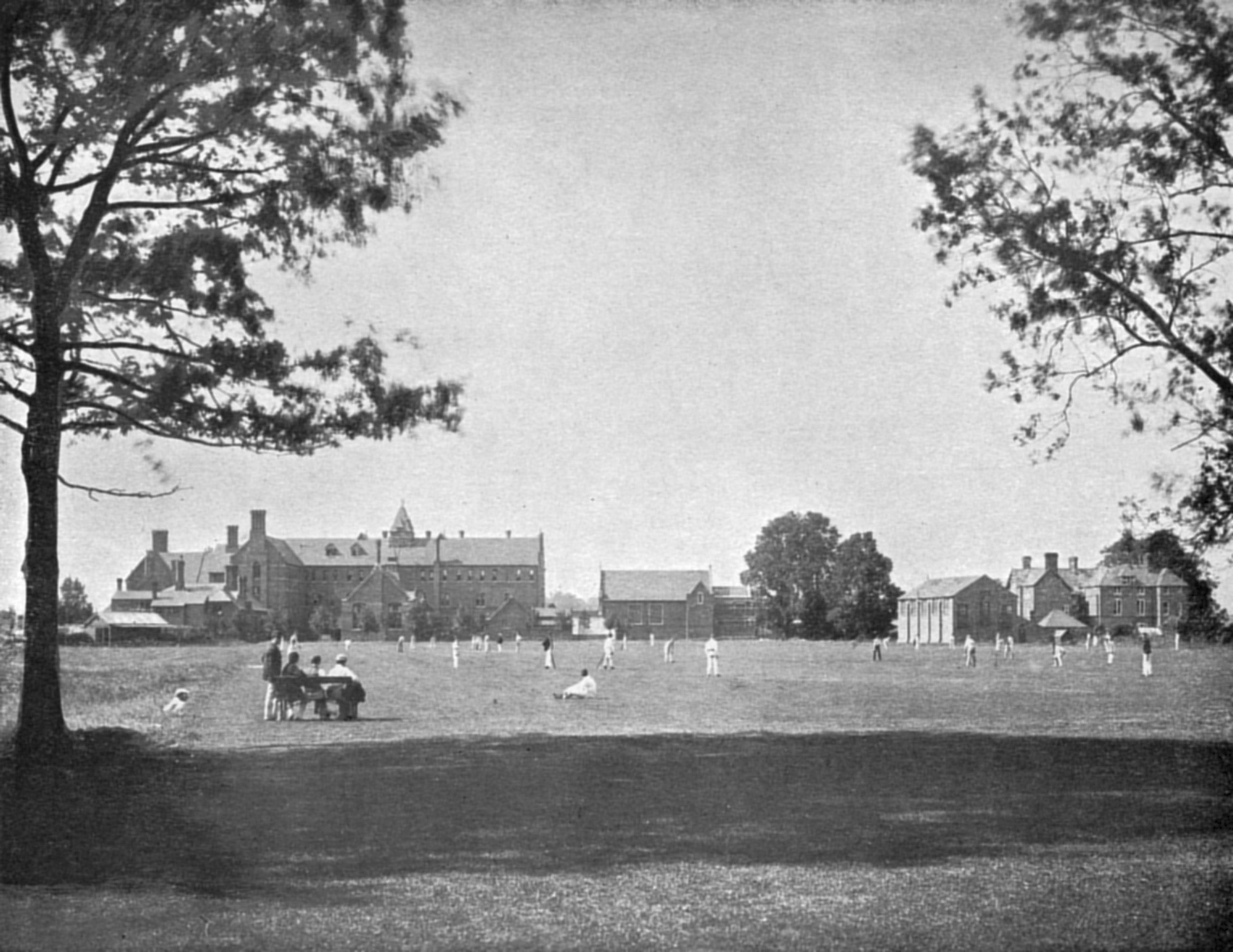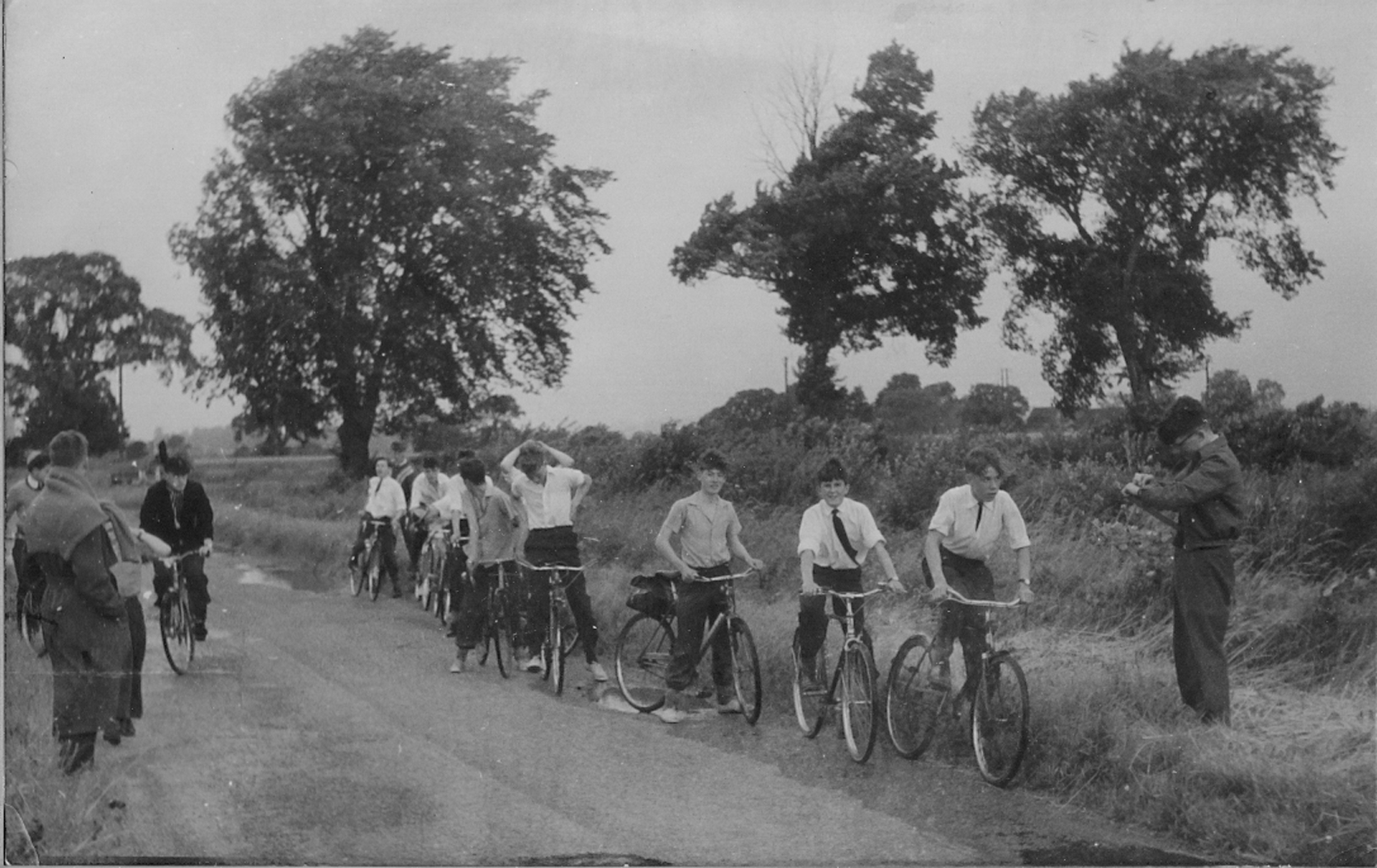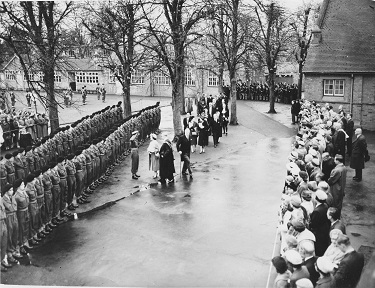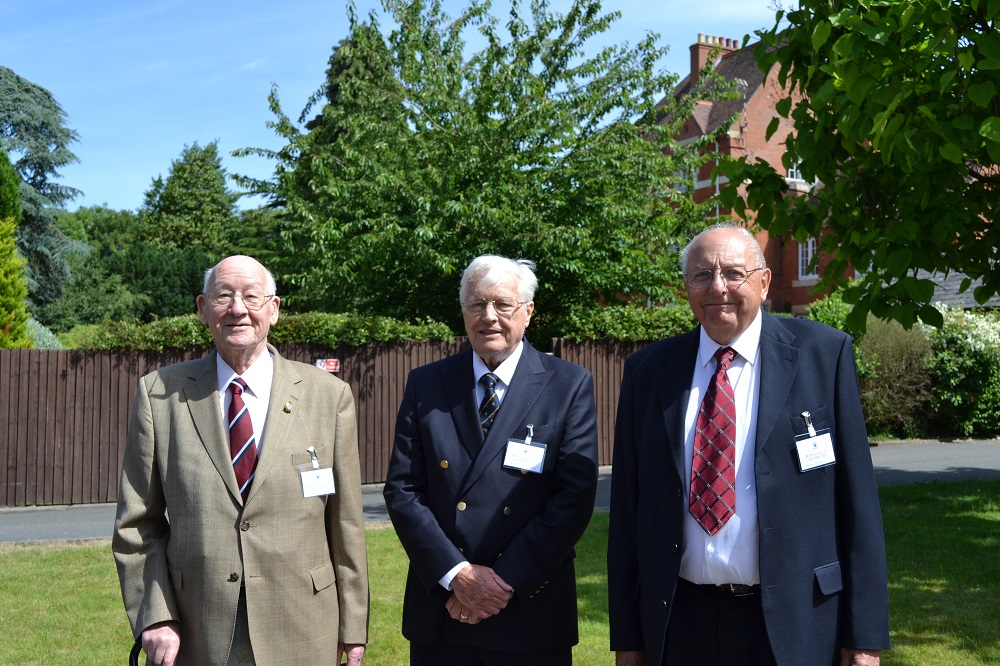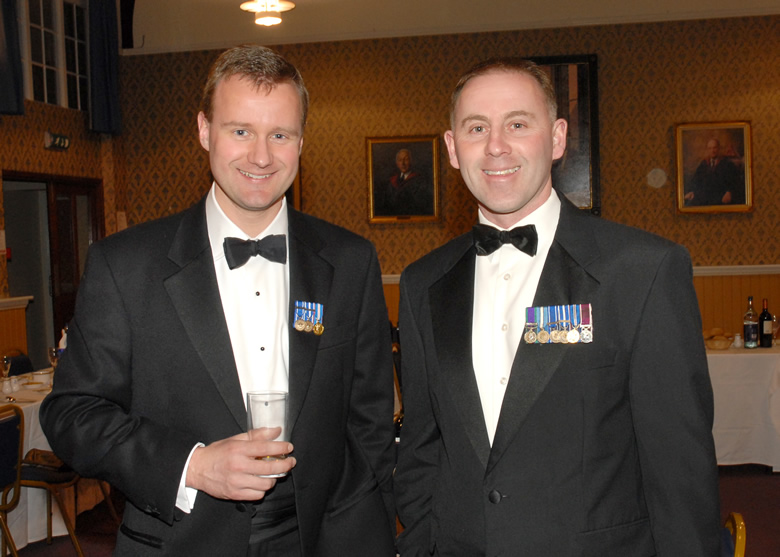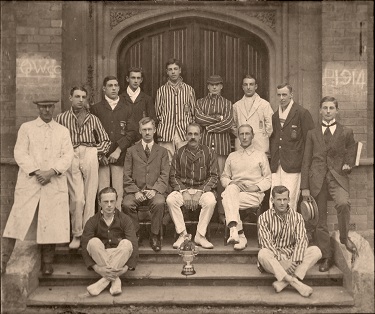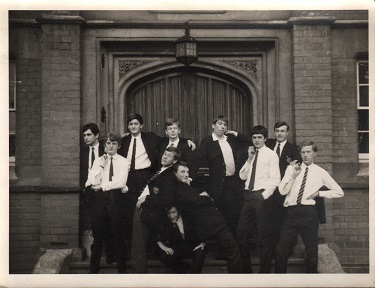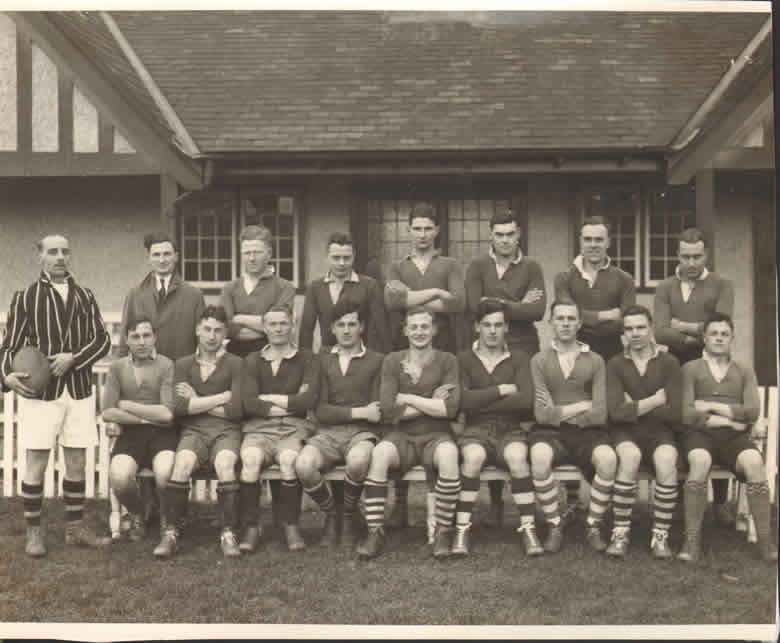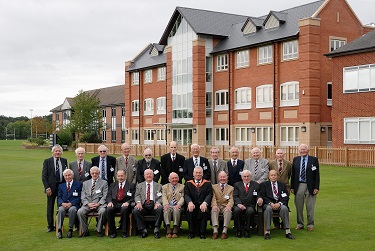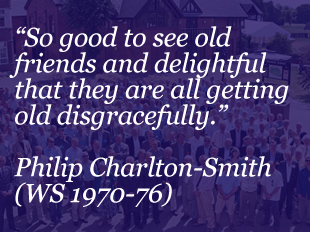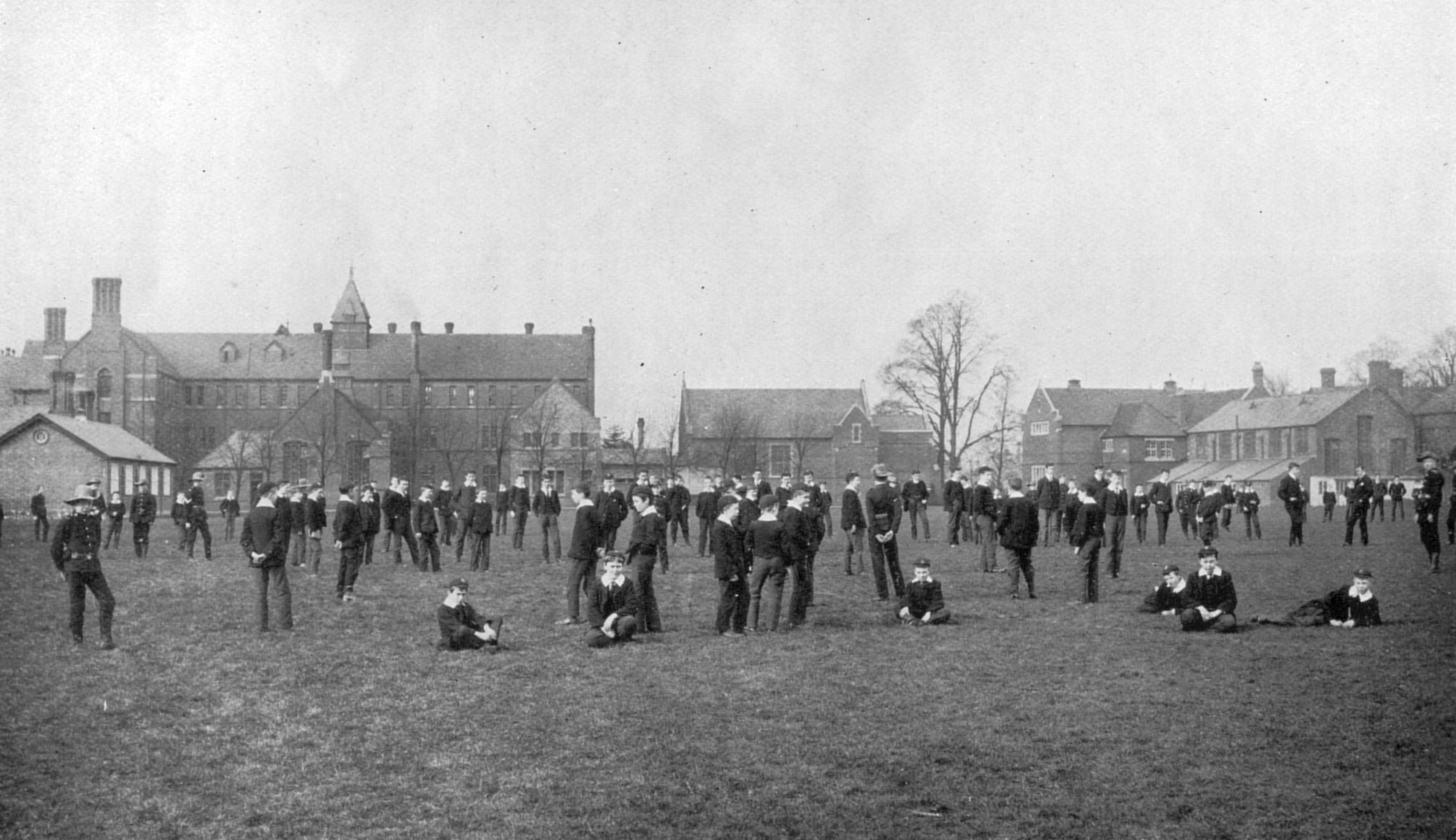The 1891 Census - where did they all live?
The 2021 census has prompted investigation into the WS archives see who was living at the school 130 years ago, at the time of the 1891 census. More importantly, it has evoked the question, where did they all live?
The 1891 Census was taken on April 5th in that year, which happened to be in term-time. So, we know who was living at the school, ie the residents, and here lies a problem. Where did they all live?
The school consisted of four buildings at this time: the main school, including dormitories for pupils and a house for the headmaster (with over 20 rooms), the brand new Junior School, the Sanatorium (with caretaker’s cottage attached), and Bridge House.
The 1891 Census does not record anyone belonging to the school as living in the Sanatorium, the caretaker’s cottage or Bridge House, so we have to assume that everybody lived in the two main school buildings.
Rev J. P. Way, the headmaster and his new wife Gertrude, headed the list for School House. They had three female servants of their own, and there was a total of 13 school servants (ten women, ranging from the 57-year-old matron to a kitchen maid of 15, and three men, who included the indispensable “Allport”, who had the title of Steward) as well as 65 boarders and four bachelor Assistant Masters, all in their early 30s.
In the 1889 Junior House lived its young first housemaster, Rev F. G. J. Page and his wife, six female servants ranging from 51 to 16 years of age, two male servants, a resident bachelor schoolmaster – and 27 boarders.
In 1891, therefore, a total of 97 people were living at Warwick School, and this included only two married couples. So where did they all live? Attic rooms? Shared dormitories, both male and female? The Assistant Masters would have had bed-sitting rooms of their own, no doubt. We also know that the boarders had small curtained-off cubicles. That leaves the question of where to put the 19 female servants and four male servants. We do know that the young females, eight of whom were under 20, were definitely off-limits to the boys – a later headmaster, Rev R. Percival Brown, complained in 1902 that one Prefect had “diverted himself with the society of the maid-servants, and took them to Church on Sunday”, and also a maid-servant, who was “dismissed summarily for putting a note under a boy’s plate”. No action seems to have been taken against the boy.
See here for further details of WS Census Returns 1841-1911.

